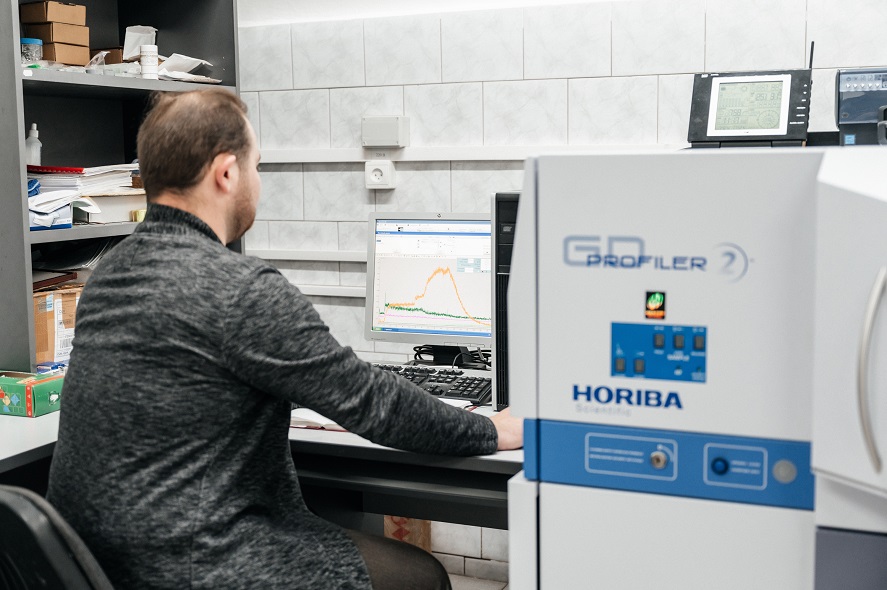TPU scientists develop coating with unique properties for radiation protection

Tomsk Polytechnic University
Published on 3 September 2021

Scientists of Tomsk Polytechnic University (TPU) are developing a unique nano-coating for radiation protection, capable of self-healing. It will help protect electronics and seriously increase the radiation resistance of various materials in the nuclear and space industries, the authors said. The research findings are published in the Metals academic journal.
New radiation-resistant materials, as experts explained, will not only improve many nuclear facilities but also will effectively protect electronics from radiation damage. Such protection is especially relevant for astronautics as cosmic radiation can disable electronics outside the Earth’s atmosphere very fast.
The main danger of radiation is exposure to charged particles and neutrons. The TPU scientists have experimentally confirmed that the multilayer composite nano-coating of zirconium and niobium can heal the defects caused by these factors.
“Radiation defects in materials are caused by vacancy defects, which are atoms knocked out of the crystal lattice, or additional atoms which stuck in it. Both types of damage can accumulate resulting in product failure. After long-term irradiation of our coating with a proton flux, the concentration of defects either remains unchanged or decreases due to the drain of defects to the boundaries of the layers, where they eliminate each other,” Roman Laptev, Associate Professor of the Division for Experimental Physics of the TPU School of Nuclear Science and Engineering, explained to the Sputnik international news agency.
Such properties of the coating offer significant opportunities for increasing the radiation resistance of various materials in the nuclear and space industries, the TPU researchers believe. The composite, obtained by magnetron sputtering, consists of five layers of each material with a thickness of about 100 nm.
“Transmission microscopy and X-ray structural analysis have shown that after irradiation, voltage arises in the structure due to the accumulation of protons. Calculations and experiments both revealed a displacement of zirconium atoms from the optimal position with the formation of areas of low electron density, near which inserted ions accumulate annihilating positrons during analysis,” Roman Laptev said.
For experimental analysis of the structure of defects before and after irradiation, a unique high sensitive method was used - spectroscopy of Doppler broadening of the annihilation line using fluxes of positrons with controlled energy, the TPU scientists noted.
The research was carried out within the No. 20-79-10343 project of the Russian Science Foundation in cooperation with experts from the Weinberg Research Center and the Dzhelepov Laboratory of Nuclear Problems of the Joint Institute for Nuclear Research. In the future, the research team intends to study new material at higher radiation doses
